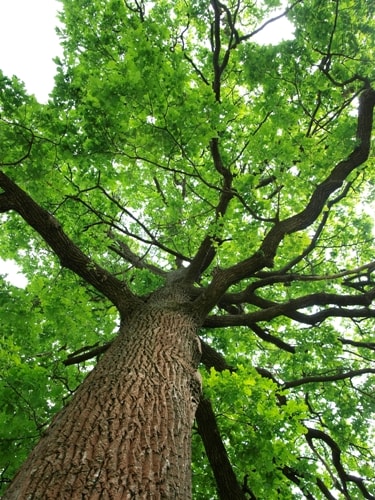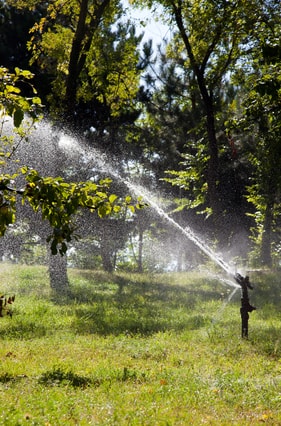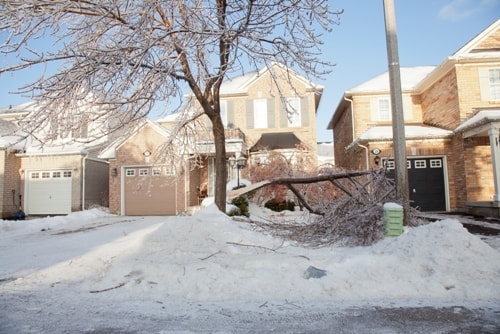
Trees are an important natural resource providing shade, food, privacy, and shelter. They can also increase the value of a property, and make our planet healthier. At a minimum, your trees require watering, fertilizing, pruning, and staking. Do you know the basics for tree care, particularly during winter? If not, read on:
Water Consumption, Fertilizer, Staking, and Pruning

The water consumed by trees is greatly affected by the type of soil in which they’re planted. Sandy soils require more water than soils with a high composition of clay.
Fertilizing trees helps them thrive, fight drought, insect infestation, and disease. The development of root growth in trees can also be enhanced with the use of a high phosphorus fertilizer. If you want your trees to grow greener and faster, high nitrogen fertilizer is highly recommended. Fast-acting fertilizers should be applied during spring to stimulate growth well before winter.
Tree staking helps young trees grow stronger roots and overcome displacement by wind, animals, and humans. Pruning is also necessary to remove dead (or dangerous) branches and ensure trees grow strong and well-balanced.
Winter Woes

Every year, ice, storms and rapid drop in temperatures affect North American trees. If trees grow in isolation or steep landscape, the stress placed on them in wintertime is magnified. Here are some of the challenges our trees face in cold weather:
Dealing with cold stress – Temperature variations between day and night can cause the inner and outer bark of trees to crack. Although the tree can heal itself with time, more pronounced cracks make the tree vulnerable to damage. This problem can be contained by reducing loss of moisture.
Fighting rodents – Trees often become the target of rodents such as rabbits and squirrels scouting for food during winter. Rodents pose big danger to trees because they chew bark. Mulching and wire mesh can be used to prevent rodents from damaging trees.
Tree branch breakage – The branches of trees are often vulnerable to breaking due to wind damage. This problem can be minimized by exercising good tree maintenance in the fall. Pruning can help eliminate weak branches and make the trees more stable.
Care for Young Trees
You can address the additional needs of young trees by covering the trunks or stems with tree guarding products or wire mesh. This keeps animals from gnawing on their thin branches and trunks. If you have evergreens, protect them from the drying effects of winter wind and sun by using shade cloth shelters or burlap screens.

Preserve nature and your neighbourhood trees by consulting experts: Great Northern ReGreenery provides disease control, tree stump grinding, and corrective pruning, among many other services. Our Cookstown, Ontario-based company serves Alliston, Aurora, Bradford and the surrounding area. Call toll free: 1-877-775-7444.





